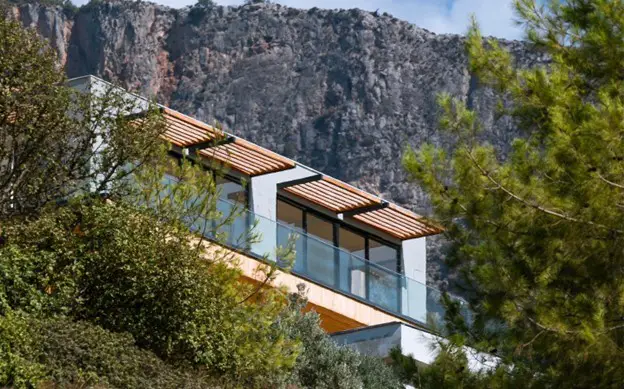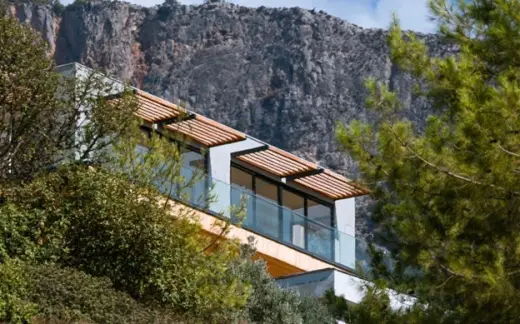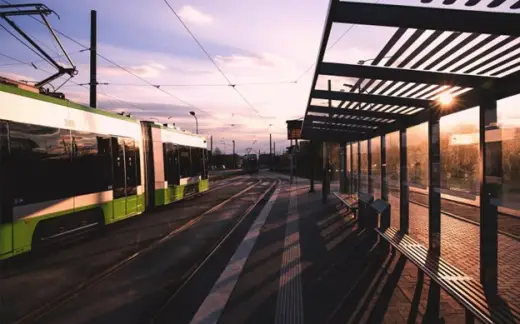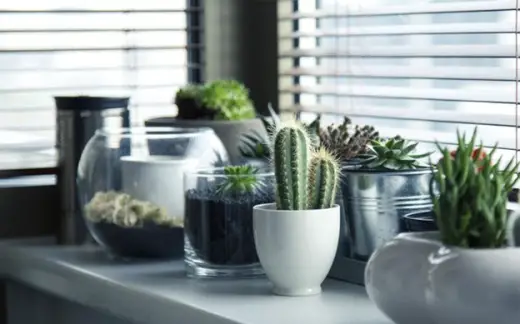Designing an eco-friendly house: 5 tips and tricks, eco-friendly industry advice, Green property tips
Make a Sustainable and Eco-Friendly House
16 Aug 2023
According to IQAir, over 90% of people live in places where air quality exceeds WHO guideline limits. As a result, air pollution is responsible for about 7 million deaths annually.
Many people choose to build their houses because they want them to be less harmful to the environment and their health. Designing a sustainable and eco-friendly house is also one of the best things you can do for your family and your pocketbook.
Whether you’re an experienced home-builder or just starting, building a sustainable and eco-friendly house can be tricky. You should be aware of multiple factors such as selecting the perfect location for your new home, choosing the best energy source, designing a sustainable landscape, and using only natural materials.
Here are 5 essential tips to get you started:
1. Drive Less While Living Close to Public Transportation
One of the first steps to creating a sustainable home is choosing the right location. You want to be close to amenities like grocery stores and restaurants so that you don’t have to drive all over town for everything you need. Whether you are buying property in Dubai or Berlin, look for a house located near public transportation for you to easily get around without a car.
While the location of your home is an important factor, it’s also worth considering its orientation. Ideally, it should maximize natural light from windows on all sides of the house while minimizing exposure to noise or air pollution from nearby roads or busy streets. South-facing homes receive more sunlight during winter months, while east and west-facing houses get less direct light during summer months — when they’re not needed as much.
2. Use Natural and Recycled Materials for the Construction and Design
There are over 5.2 trillion pieces of waste in our oceans. Recycled materials like brick, stone, glass, and metal reduce pollution and save resources. For example, using reclaimed wood for flooring will reduce deforestation and the need for new trees that would have been grown on farmland or plantations.
Natural and recycled materials are better than synthetic ones because they reduce waste, save resources, and make it easier to maintain your home in the long run. Some examples of these types of materials include:
- It’s made from clay that has been baked at high temperatures, and it can be recycled over and over again.
- It’s a great material for building because it’s durable and sturdy.
- Hydrogel glass windows let more light into your home without letting heat escape.
In addition to these natural elements being sustainable, because they come from renewable sources, they also have low carbon footprints due to their ability to store carbon dioxide from the atmosphere over time through photosynthesis or weathering processes, such as erosion or oxidation reactions with soil minerals (iron oxides).
3. Install Renewable Energy Sources and Energy-Efficient Appliances
If you’re building your own home from scratch or renovating an existing structure, consider installing energy-sufficient appliances to save money on your electricity bill while reducing your carbon footprint. For example, solar panels use sunlight to generate electricity while wind turbines use wind power instead of fossil fuels. You can also install:
- geothermal systems;
- LED lights;
- smart thermostats;
- low-flow faucets;
- heating ventilation and air conditioning systems (HVAC).
Those appliances will help lower utility bills while also reducing waste from disposable products. They don’t pollute the environment like fossil fuels do by emitting harmful chemicals into the air.
4. Create a Green Space with Plants and Flowers
A green space is any area of your house that has plants or flowers growing in it. This can include anything from a balcony or terrace to an indoor garden. The benefits of having a green space:
- improved air quality by filtering out pollutants like carbon dioxide and nitrogen oxide gases;
- reduced stress and enhanced mood by providing rooms with aesthetics and relaxation atmosphere;
- plants attract wildlife like birds.
Here are some examples of plants and flowers that can be grown on your balcony or terrace:
- herbs in pots like basil, mint, and lavender;
- vegetables in raised beds like tomatoes, peppers, and lettuce;
- flowers like orchids;
- plant fruit trees like lemon and clementine;
- succulents like cactus and aloe.
Remember, not only do these require sunlight, but also plenty of water, so keep them well-watered during dry spells!
5. Adopt Green Living Habits and Practices
The fifth tip to make your house sustainable and eco-friendly is to adopt green living habits and practices. It includes:
- reducing waste;
- recycling paper products like newspapers or magazines and glass bottles;
- composting food scraps;
- buy clothes second-hand instead of new ones;
- buying local and organic products;
- using reusable water bottles and bags.
The benefits of implementing those habits are numerous:
- it can save you money;
- it improves health by reducing exposure to pollutants from chemicals used in manufacturing processes;
- it helps create change in the community by educating people about sustainability through example.
By taking these factors into account during the planning phase of construction or renovation projects at home, you can make decisions that align with your long-term goals.
How to Make a Sustainable and Eco-Friendly House Summary
It’s not hard to make your home more sustainable and eco-friendly. By following those 5 tips, you’ll be helping reduce carbon emissions by using less electricity, which means you’re doing your part in saving the environment from pollution. Your home will also look nicer, and you will feel healthier because it won’t contain any chemicals or toxins that could harm you. Start making changes one by one until your home becomes a truly sustainable space!
Comments on this How to Make a Sustainable and Eco-Friendly House in 5 Steps article are welcome.
Buildings
Key Buildings in Scotland Articles – architectural selection below:
Historic Glasgow : best Glasgow architecture of the past
Comments / photos for the How to Make a Sustainable and Eco-Friendly House in 5 Steps page welcome



